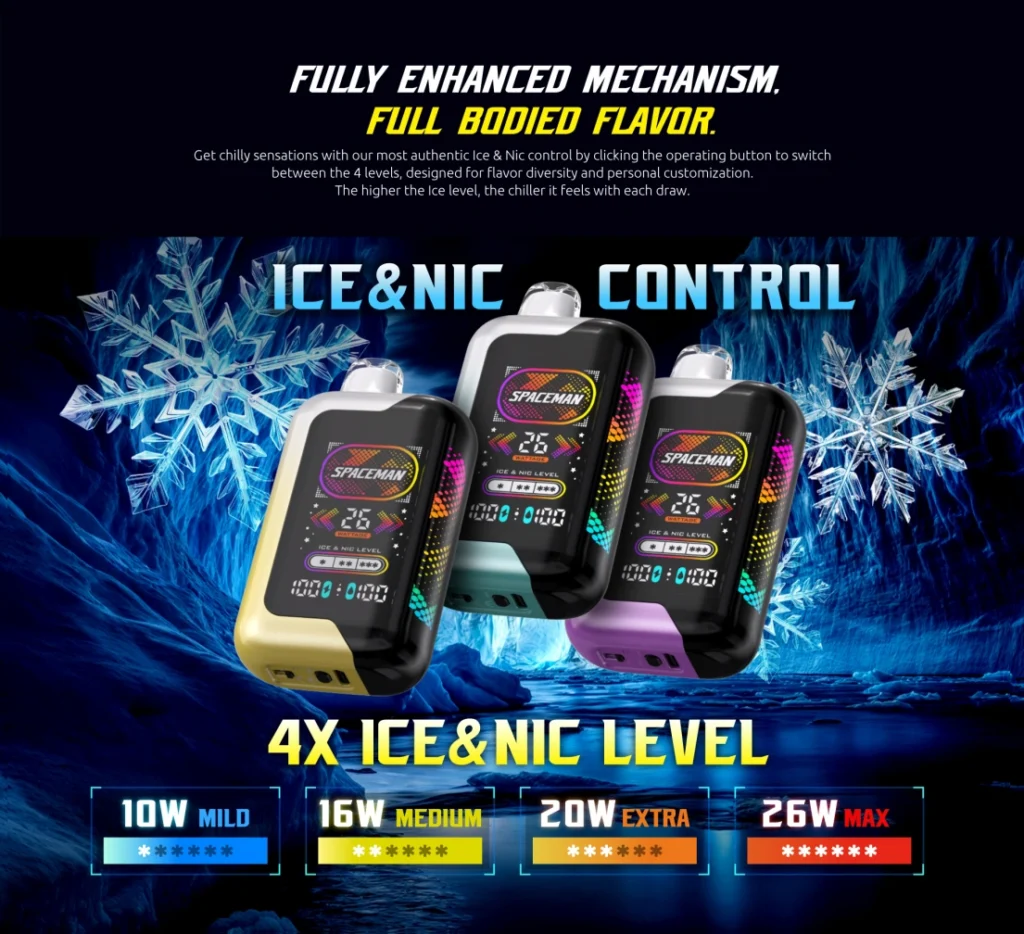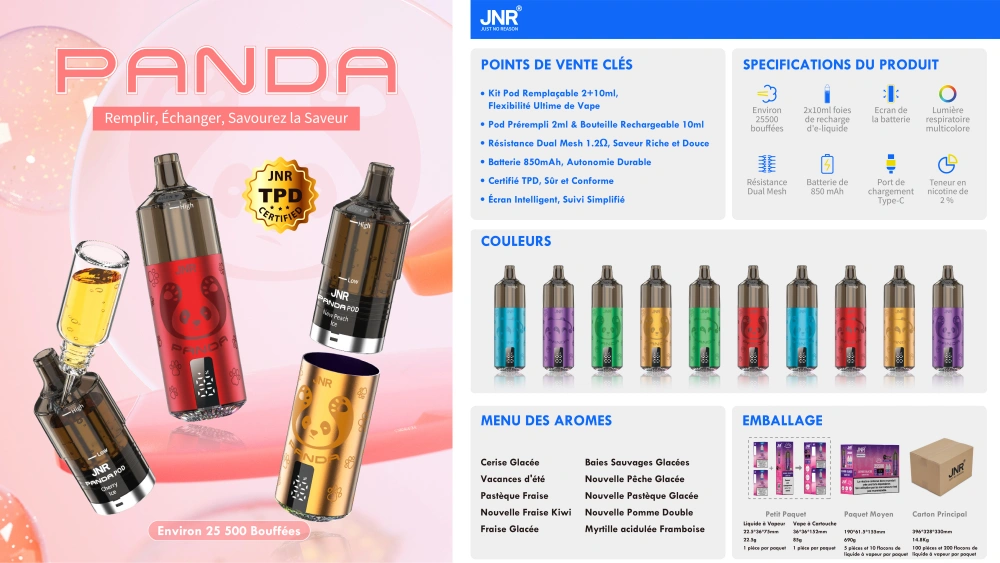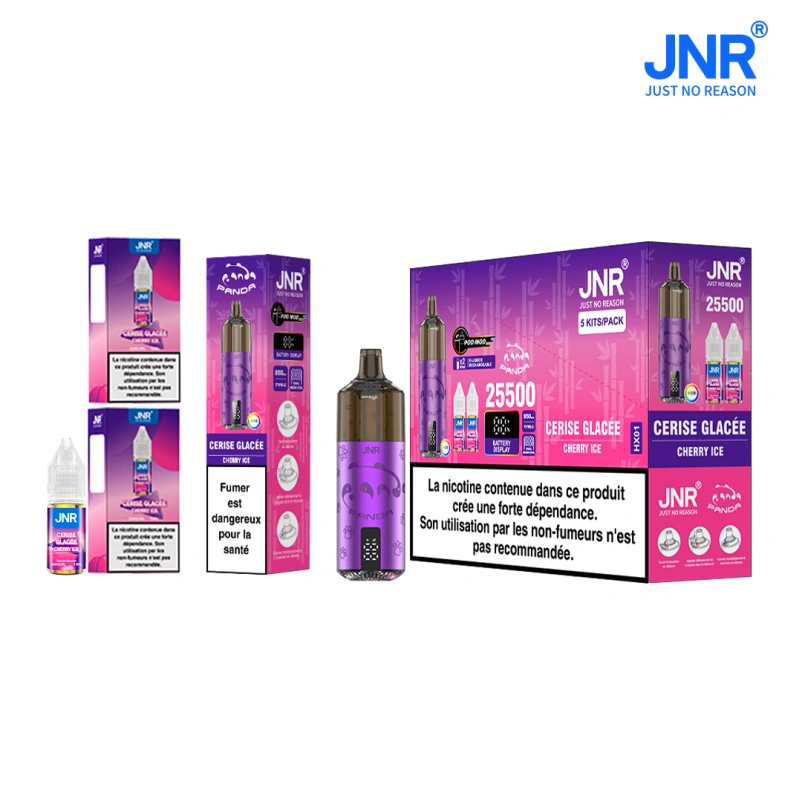Supply chain management inom e-cigarettindustrin

Supply Chain Management in the Electronic Cigarette Industry: Challenges, Strategies, and Innovations
The electronic cigarette sector’s supply chain is a complex network spanning raw material sourcing, manufacturing, distribution, and regulatory compliance. Its global nature, coupled with evolving legal frameworks and consumer demands, creates unique challenges for stakeholders. Effective supply chain management in this industry requires agility, transparency, and a proactive approach to risk mitigation. Below is an exploration of key components and strategies shaping the sector’s logistics.
Raw Material Sourcing and Supplier Diversity
Electronic cigarettes rely on a mix of commodities and specialized components, including lithium-ion batteries, nicotine solutions, food-grade flavorings, and microelectronics. Sourcing these materials involves navigating geopolitical risks, price volatility, and ethical concerns. For instance, cobalt—a critical battery component—often originates from regions with labor disputes, prompting firms to seek ethically certified suppliers or invest in recycling programs to reduce reliance on mining.
Supplier diversity is another priority. Over-dependence on a single region or vendor can disrupt production, as seen during the COVID-19 pandemic when factory shutdowns in Asia caused global shortages. Companies now prioritize multi-sourcing strategies, qualifying suppliers across different continents to ensure continuity. This approach also fosters competition, driving quality improvements and cost efficiency.
Quality control is non-negotiable in an industry facing intense scrutiny. Suppliers must adhere to strict standards, such as ISO certifications for battery safety or GMP compliance for nicotine extraction. Regular audits and third-party testing help maintain consistency, reducing the risk of recalls or regulatory penalties. Collaborative relationships with suppliers, including joint R&D initiatives, also enable faster adaptation to new regulations, such as bans on certain flavor additives.
Manufacturing and Production Optimization
Manufacturing electronic cigarettes involves balancing automation with craftsmanship, particularly for open-system devices requiring precise assembly. Automated production lines improve speed and reduce human error, but manual processes remain essential for customizable or high-end products. Hybrid models that combine robotics with skilled labor offer flexibility, allowing firms to scale output during peak demand without sacrificing quality.
Inventory management is a critical challenge due to fluctuating regulations and consumer preferences. For example, a sudden flavor ban in one market can render thousands of units obsolete overnight. Advanced forecasting tools, powered by AI and real-time sales data, help predict demand trends and adjust production schedules accordingly. Just-in-time (JIT) inventory systems minimize storage costs but require robust supplier coordination to avoid delays.
Sustainability is reshaping production practices. Energy-efficient machinery, water-based coatings, and waste reduction protocols are becoming standard as firms respond to investor and consumer pressure. Some manufacturers are adopting circular economy principles, designing devices for easy disassembly and recycling. These initiatives not only cut costs but also enhance brand reputation in eco-conscious markets.
Regulatory Compliance and Cross-Border Logistics
The electronic cigarette industry operates under a patchwork of regulations that vary by country and region. Compliance spans product safety, labeling, packaging, and advertising, with non-adherence risking fines or market exclusion. For instance, the EU’s Tobacco Products Directive (TPD) mandates nicotine concentration limits and child-resistant packaging, while the U.S. FDA requires pre-market authorization for new products. Staying ahead of these rules demands a dedicated legal team and real-time monitoring of policy changes.
Cross-border logistics add complexity, particularly for firms serving multiple markets. Customs delays, import taxes, and documentation errors can disrupt delivery timelines, affecting retailer stock levels and customer satisfaction. Partnering with experienced freight forwarders who specialize in regulated goods helps streamline operations. Digital tools like blockchain are also gaining traction for tracking shipments and verifying compliance across the supply chain, reducing the risk of counterfeit products entering markets.
Tariff fluctuations and trade tensions further complicate international trade. Diversifying manufacturing hubs—such as producing devices in Europe for EU markets or Mexico for North America—can mitigate tariff impacts. However, this strategy requires significant upfront investment and coordination with local suppliers. Some firms are exploring nearshoring or reshoring to shorten supply chains, though higher labor costs in developed nations remain a barrier.
Distribution Networks and Retail Partnerships
Effective distribution hinges on aligning with consumer buying habits, which range from brick-and-mortar vape shops to e-commerce platforms. Vape shops remain crucial for niche products and personalized customer service, but their fragmented nature makes distribution costly. Distributtors that consolidate orders for multiple retailers can achieve economies of scale, reducing per-unit shipping costs.
E-commerce growth has reshaped distribution models, particularly post-pandemic. Direct-to-consumer (DTC) sales allow brands to bypass intermediaries, gather first-party data, and control branding. However, this approach requires robust logistics infrastructure, including warehouses near key markets and partnerships with last-mile delivery providers. Hybrid models that combine DTC with third-party marketplaces (e.g., Amazon or regional equivalents) offer a balance of reach and control.
Retail partnerships demand careful vetting to protect brand integrity. Unauthorized sellers or gray-market imports can damage reputation and violate regional regulations. Implementing serial number tracking or digital authentication systems helps monitor product flow and deter counterfeiting. Training retailers on compliance requirements, such as age-verification protocols, also reduces legal risks and enhances customer trust.
Technology Integration and Supply Chain Visibility
Digital tools are transforming supply chain management in the electronic cigarette sector. Enterprise Resource Planning (ERP) systems integrate procurement, production, and logistics data, providing real-time visibility into operations. This enables firms to identify bottlenecks, optimize inventory levels, and respond swiftly to disruptions. For example, if a battery supplier faces delays, an ERP system can trigger alternative sourcing or adjust production priorities.
Internet of Things (IoT) devices enhance traceability and quality control. Sensors embedded in shipping containers monitor temperature and humidity during transit, ensuring sensitive components like e-liquids remain stable. RFID tags on individual devices enable end-to-end tracking, from factory to retailer, reducing the risk of loss or theft. These technologies also support sustainability goals by optimizing route planning and reducing fuel consumption.
Cybersecurity is an emerging concern as supply chains become more digitized. Protecting sensitive data, such as customer information or proprietary manufacturing processes, requires robust encryption and regular security audits. Training employees on phishing risks and implementing multi-factor authentication adds another layer of defense against breaches that could disrupt operations or erode trust.
Future Trends and Adaptive Strategies
Looking ahead, the industry’s supply chain will face increasing pressure to balance efficiency with ethical and environmental responsibilities. Consumers and regulators are demanding greater transparency, pushing firms to disclose sourcing practices and carbon footprints. Blockchain-based platforms could become standard for sharing this data with stakeholders, building trust while streamlining compliance reporting.
Resilience will remain a top priority as climate change and geopolitical conflicts disrupt global trade. Investing in regional manufacturing hubs and diversifying supplier bases will help mitigate risks. Collaborative forecasting with retailers and distributors can also improve demand accuracy, reducing waste and stockouts.
Finally, automation and AI will continue to redefine logistics. Autonomous vehicles for last-mile delivery, predictive maintenance for machinery, and generative AI for contract analysis are just a few applications on the horizon. Firms that embrace these innovations while maintaining a human-centric approach to quality and compliance will lead the next era of supply chain excellence in the electronic cigarette sector.












